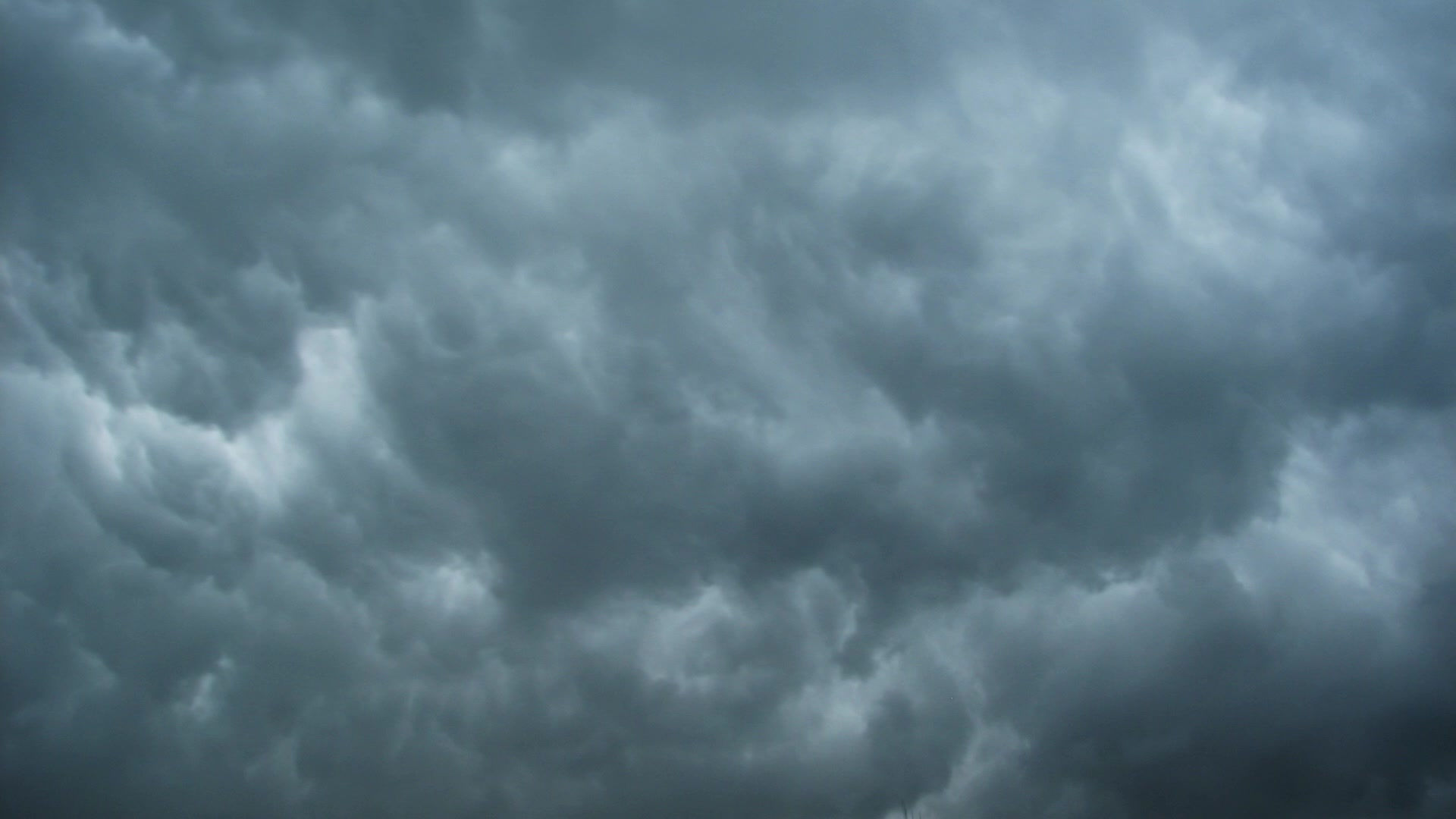Location is Everything
- Stephen Biss
- May 6, 2022
- 2 min read
Updated: May 16, 2022

Tip 31: Location is everything when it comes to a #duisimulator in Ontario. The CFS Training Aid recommends that the alcohol standard be emptied prior to transport of the simulator and replaced upon arrival at a new location, such as a hospital. See Training Aid 2013 page 83 of 238, item 4.

An astute defence lawyer will study the Alcohol Standard Log, Intoxilyzer Test Records and COBRA data to determine if the Intoxilyzer 8000C and simulator have recently been to a hospital or mobile location. Determine if this particular Intoxilyzer has a history of being used at hospitals.
Location and changes of location should be noted in the Alcohol Standard Log. COBRA data has a field dedicated to the Location of the instrument; watch for a hospital name or abbreviation in COBRA. Check the top left corner of each of the Intoxilyzer Test Record provided to you in disclosure. Are the locations all the same for the three QA tests at start of shift and the subject tests?
Review the following 2 Intoxilyzer Test Records which are excerpts from Exhibit 6 in R. v. AD at Brampton. Notice the references to "MGH" (Mississauga General Hospital) at 21:02:53 and 21:17:57 on January 22, 2014 during the Esc Esc D and Esc Esc C quality assurance checks. Two other Intoxilyzer Test Records referred to "12 DIVISION" at 21:02:53 and 21:34:10 on the same date during the Esc Esc B and subject tests. I anticipated that the qualified technician on cross-examination would probably state that he simply forgot to change the "Location" setting on the instrument (Esc Esc E) at start of shift at 12 Division. I wanted him to say that on the record.
The QT would, however, be easily caught in "operator error" on further cross-examination. Notice the identification and last change date of alcohol standard stored in the Intoxilyzer at time of subject tests: Solution last changed on January 19, 2014. Obviously the approved instrument and simulator had recently been to MGH. The inference to be drawn was that the solution was last changed at "MGH", not at "12 DIVISION".
The local police didn't bother to keep a paper Alcohol Standard Log as part of their SOPs. The Crown would therefore have no evidence to fall back upon to prove the last solution change was at 12 Division on a date subsequent to January 19, 2014.

An unreliable alcohol standard (an unknown) cannnot verify the reliability of an unknown (8000C calibration reliability). This type of challenge to wet-bath simulator misuse may help post Bill C-46, as probative and lawful "evidence to the conrary", challenging the Crown's prima facie attempts to comply with 320.31(1)(a) through use of QT certificate, printout, or viva voce evidence.



Comentários